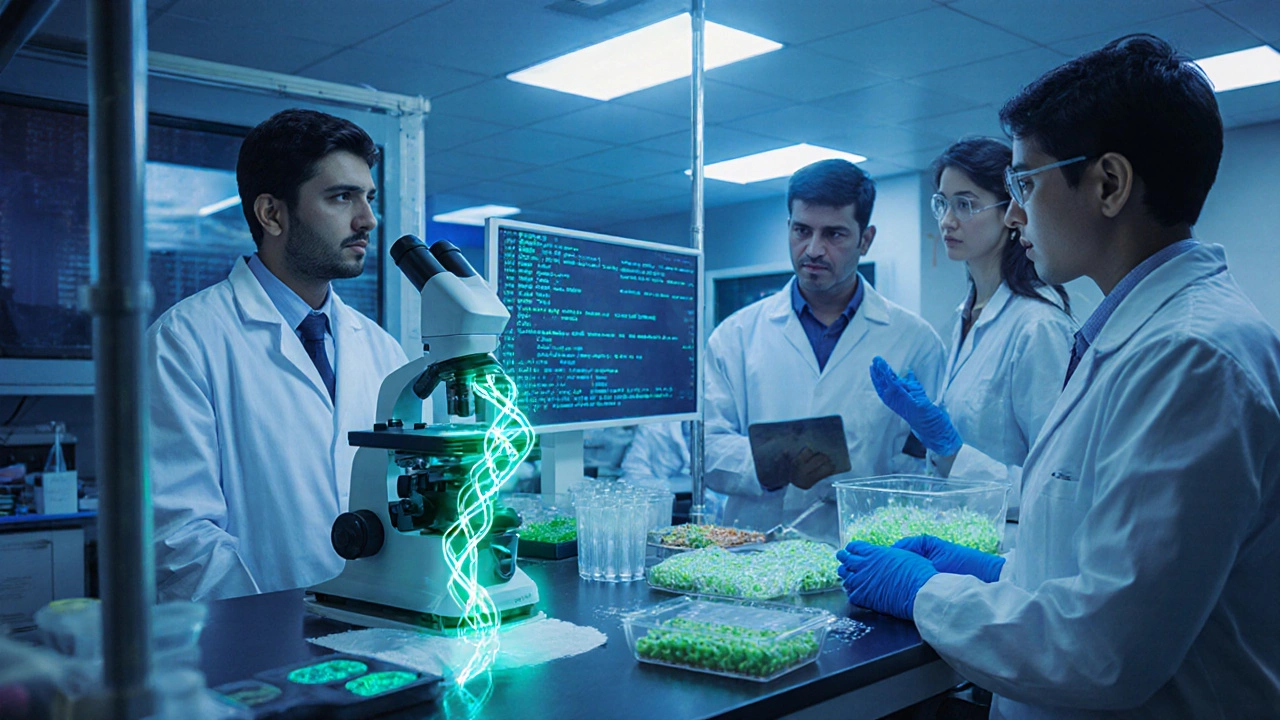CRISPR: How Gene Editing Is Changing Science in India
When scientists talk about CRISPR, a precise gene-editing tool that lets researchers cut and rewrite DNA like a word processor. Also known as CRISPR-Cas9, it’s the most powerful and affordable way to fix faulty genes—used today in labs from Bangalore to Lucknow to treat sickle cell disease and engineer disease-resistant crops. This isn’t science fiction. It’s happening right now in Indian research centers, and it’s changing how we think about health, food, and biology.
CRISPR works by using a guide molecule to find a specific spot in DNA, then an enzyme—Cas9—cuts it open. The cell tries to repair itself, and scientists can slip in new instructions during that repair. It’s like editing a typo in a 3-billion-letter manual. This same tool is behind the rise of mRNA vaccines, a new class of medical treatments that teach cells to fight viruses by giving them temporary genetic blueprints, and is helping build the next wave of biotechnology, the field that uses living systems to create medicines, fuels, and materials. In India, CRISPR is being tested to cure inherited blindness, boost rice yields without pesticides, and even slow down mosquito-borne diseases like dengue by editing insect genes.
What makes CRISPR different from older gene therapies? It’s fast, cheap, and accurate. Where a single gene edit used to cost $100,000 and take years, now it can be done in weeks for under $1,000. That’s why startups and universities across India are racing to use it—not just for human health, but for farming, environmental cleanup, and industrial production. You’ll find CRISPR tied to genetic engineering, the broader practice of altering an organism’s DNA for specific outcomes in nearly every major biotech breakthrough today. And while it’s still being refined, the real impact isn’t just in labs—it’s in the lives of patients waiting for cures and farmers hoping for better harvests.
The posts below show how CRISPR connects to real-world science in India: from cancer vaccines and lab-grown meat to the people turning these discoveries into jobs and treatments. You’ll see how it fits into bigger trends in biotech, public health, and innovation—not as a buzzword, but as a working tool changing lives.





